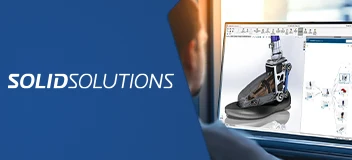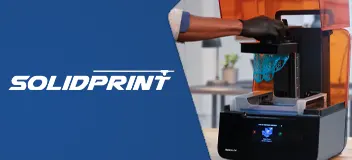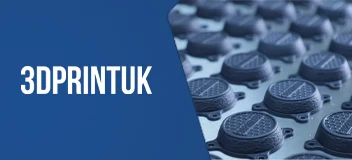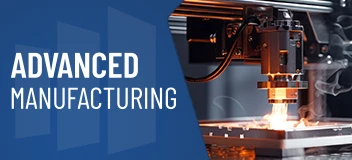How to Make an Invention Real in Eight Important Steps
A great idea will only ever be just an idea unless you form a plan to turn it into a product. Many people have great ideas but are unable to bring them to life. So what makes the difference between a dreamer and an inventor? A strong game plan. If you want to learn how to make an invention real, keep reading!
A great idea can change an industry if you let it. But it’s on you, the inventor, to take action steps. There are eight core steps to turning your invention idea into a real product:
Step One: Conceptualize Your Invention And Prepare Yourself
The first step in how to make an invention real is to conceptualize your invention. In the earliest stages of invention, having a clear idea and concept of your invention is key. Inventors must know where they want to go with their ideas, and they need to see it clearly so it can be easily communicated.

Conceptualize
If you have an invention idea, it’s important to be prepared. So ask yourself these critical questions:
- Have I done enough research on my customers?
- Is my idea good enough to make it in a saturated marketplace?
- Are there any similar products in the market that fulfill the customer’s needs?
- Is my product idea clear enough, or do I need help clarifying my vision?
When you’re able to answer these questions clearly, you can move on to the next step in how you get your invention made.
Step Two: Document Your Idea
So you have a clear picture of your idea, and you’ve done your research. Your in-depth research has led you to clarify your idea and hone in on your ideal customer. You’ve ascertained that your idea is sound and that there’s a substantial market for it.
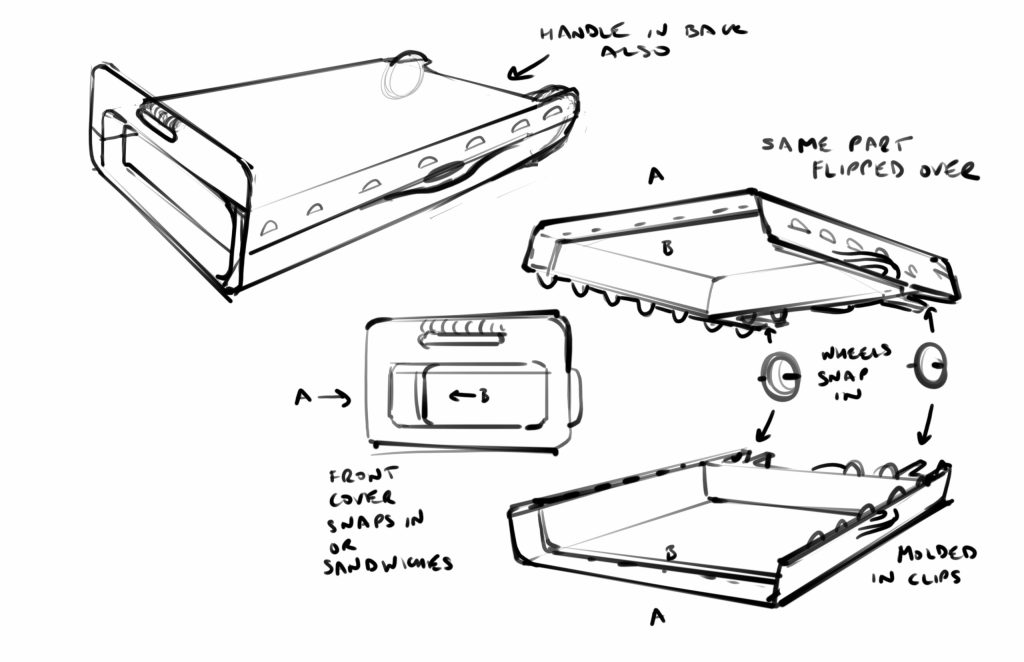
Document your idea
Now, your next step is to document your idea.
Here are some key steps to take when documenting your idea:
- Write down your invention idea in an inventor’s journal (a bound notebook with consecutively numbered pages that cannot be removed or reinserted).
- Include details about your invention’s concept, design, and marketability in your inventor’s journal.
- In your inventor’s journal, date and time it, and have it signed by a witness.
- Take pictures of your invention and watermark the date you took them.
Taking these critical steps to document your idea will protect you in the long run when an inevitable competitor with a similar idea comes forward.
Step Three: Perform Product & Market Research
So you’ve documented your idea, and you want to move forward with it. The next step is to perform product and market research. Many ideas don’t make money for inventors because the inventor didn’t do any research.
Product research will help you understand whether your idea already exists. There are key steps to take in product research they are:
- Search art databases to ensure your drawings and ideas don’t already exist in art form.
- Search your national patent office’s online database to see if your idea and renderings already exist.
- Search for similar items in the marketplace and figure out if there are any additional gaps in the marketplace to fill.
Market research will help you see if there is already a product on the market that answers your customer’s pain points. Here are some steps to take in market research:
- Host casual focus groups with prospective customers.
- Create online surveys that uncover customer pain points.
- Gather all your feedback and use it to determine whether your invention idea is sound.
Step Four: Design Your Product
Now that you’ve performed product and market research, the next step to make an invention real is to start the design of your product.
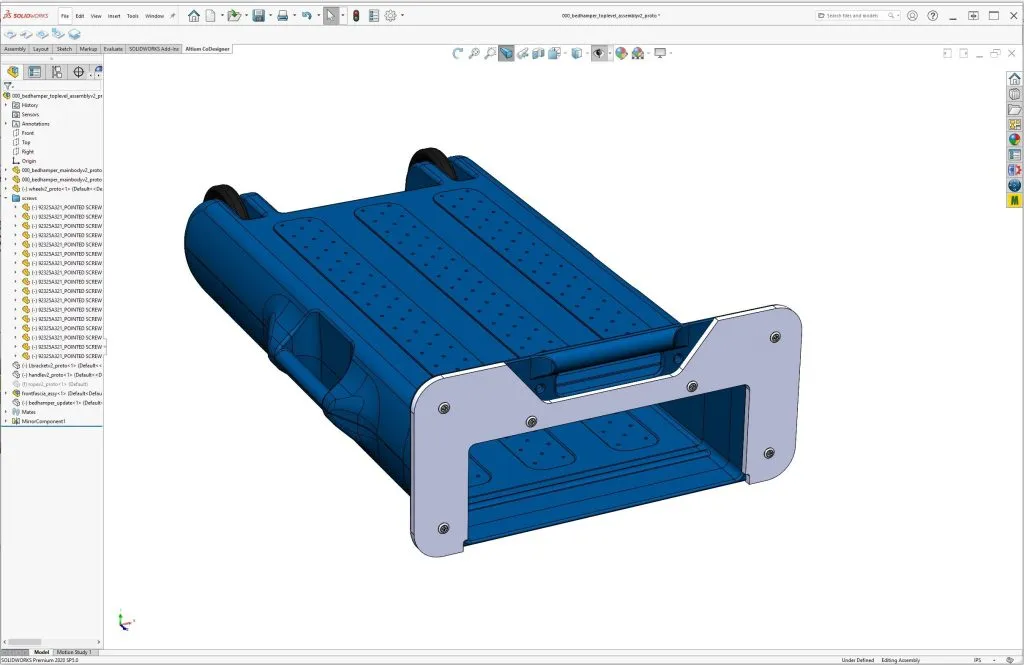
SOLIDWORKS model
These are the key principles inventors need to use when designing products:
- Brainstorming: How do you want to communicate your idea visually? Think about how your idea will look on paper or tablet. In the design world, brainstorming means defining the problem. It’s also about coming up with a lot of answers. Having answers to solve as many problems as possible is critical. At this point, critical eyes are not welcome.
- Outlining expectations: Having a sense of direction will be critical at this stage. It might look like a set of loosely outlined tasks with clear deadlines for the coming weeks. It might be listing which industrial design firms to call for help with prototyping. But, whatever it is, having expectations keeps you on track.
- Sketching it out: Sketching is a great way to start honing in on your design vision for your idea. They don’t have to be perfect. In fact, it’s better if they’re rough. But they do have to show how you imagine your product to be.
Step Five: Manufacture a Prototype
Developing the design of your intended product was a big step, but a prototype is equally as important. Without a prototype, it’s almost impossible to bring your invention idea to life.
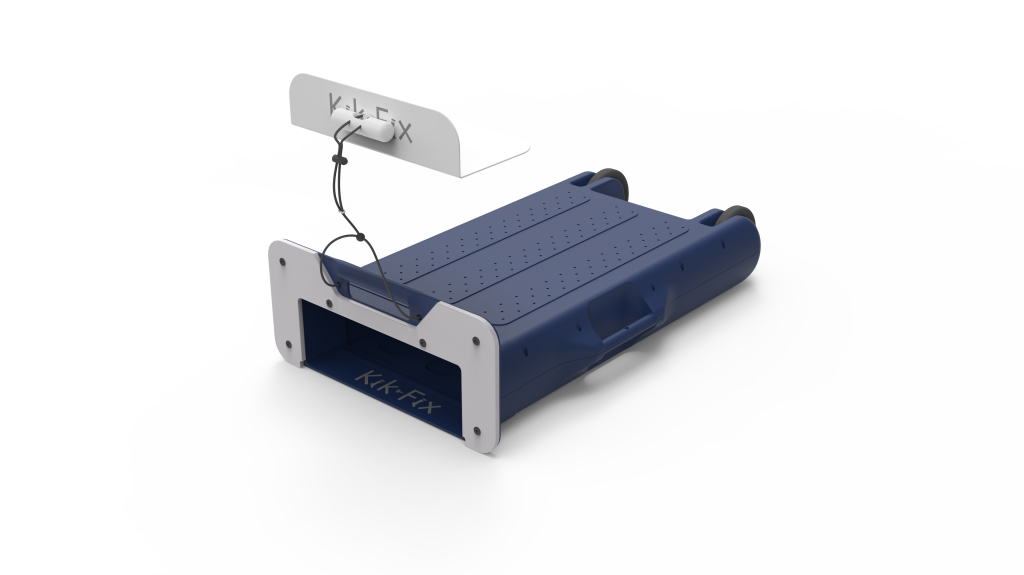
Prototype
Generally, there are four steps involved in manufacturing a prototype:
- Design a concept sketch of what your prototype will look like and how it will function.
- Create a 3D digital model of your idea.
- Build a physical model of your invention.
- Find a manufacturer to help you build and test your prototype on a larger scale
Step Six: Apply For A Provisional Patent
So now you’ve got the makings of a product on your hands, congratulations! The next step is to make sure it stays yours. A provisional patent gives an inventor a great benefit. Inventors can apply for this kind of patent without an official patent claim, declaration, oath, or disclosure agreement. Provisional patent applications go through a 12-month wait period for the patient to be legally binding. This starts the day the patient is filed. So, if an inventor wants to benefit from an early filing, they must also file for a nonprovisional application for a patent.
Step Seven: Find a Manufacturer (Optional if Licensing)
The next step to making your invention real and bringing your idea to life is to find a manufacturer for your product. But before you do, there are some details that need to be ironed out.
- What type of manufacturer are you looking for? There are three major types:
- Manufacturers who make products based on your product ideas.
- Suppliers (also known as a manufacturer), wholesalers, or distributors who buy existing brands and products
- Drop shipping companies supply products and fulfill orders of brands and products that already exist.
- Do you want a domestic or international manufacturer?
- Domestic manufacturers are great for environmentally conscious inventors who want to keep a closer eye on quality control.
- International manufacturers may be your best bet if you’re more concerned about long-term international reach.
- What do you want to offer as an inventor?
- Are you open to custom orders? If so, your manufacturer must offer that.
- What’s your desired lead time (the time between order placement and shipping)?
- What are you willing to spend on shipping costs?
- What’s your ideal cost per unit?
- What’s the defect policy of the manufacturers you’re considering?
- What are factory conditions like? Are they sustainable or ethical?
- Order quantities and payment
- How many product units do you want to be made initially? Suppliers have a minimum commitment they require, so ensuring that you agree with that number is key.
- There are a lot of manufacturers who require you to pay upfront for them to begin production. So consider your budget and preference, see if you can negotiate, and make a decision from there.
Step Eight: Sell/License Your Product
For inventors or small manufacturers, selling or licensing your product is your best bet. Product licensing helps inventors sell their product ideas to a manufacturing company. In return for selling your idea to them, you make a profit through a percentage of each sale.
There are some benefits to selling/licensing your product. First off, you avoid product development challenges and risks (such as lack of experience or money to produce items). You also create the possibility for extra income opportunities.
There are also a few drawbacks to consider. Once you sell the idea to a company, it belongs to the company. Thus, if they create a new and improved version of your invention, you probably won’t see any royalties from that. It’s not likely an inventor will become wealthy, selling their ideas to bigger companies. So, if wealth is your aim, you should reconsider your options.
Bringing Your Idea to Life with us
TriMech Design Solutions is a leading firm that specializes in assisting inventor to make an invention real. We work with startups, small business owners, small manufacturers, and inventors to help you turn a great invention idea into a mass-produced product that lines the shelves of stores.
Many of our clients, with our help, have experienced commercial and international award-winning success. We help our clients from inception to product completion and also offer post-production services, such as guidance with business and marketing strategy, sales, and distribution.
If you want to work with a firm that can offer you end-to-end support in your journey from idea to global product success, reach out to us! We would love to show you how to turn your invention idea into a genuine reality.
Wrapping Up
As an inventor, small business manufacturer, small business owner, or startup with a product idea, every step you take is critical. That’s why meticulously deciding on the frameworks of each step, from ideation to final product development, matters.
You have to be focused on protecting your idea and working with the right firm that can take your product to stores. Working with experts is the best way to ensure that you can make an invention real and create a successful product!
Need to make an invention real?
Contact us if you have an invention idea and need help with product design, product manufacture, or product marketing, and product patenting to make your invention into a successful product.



